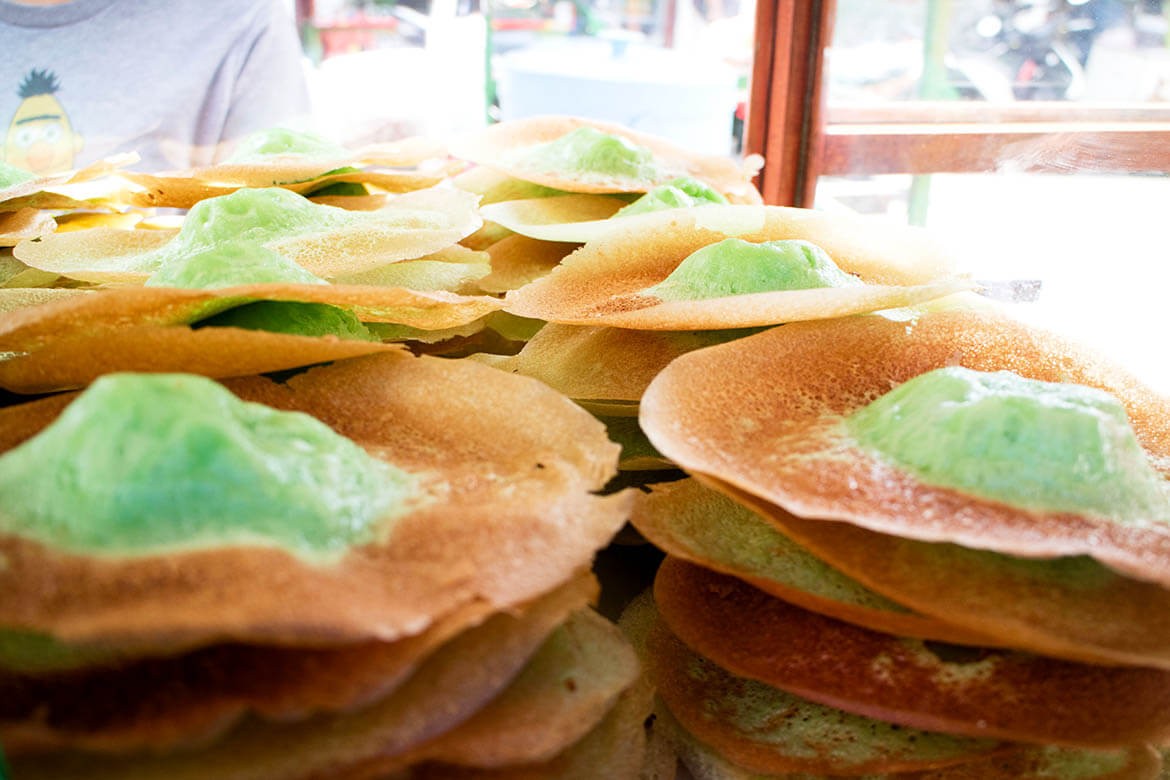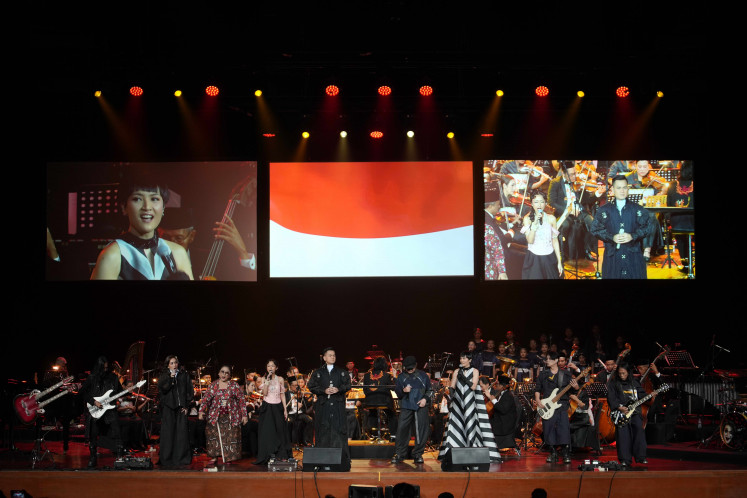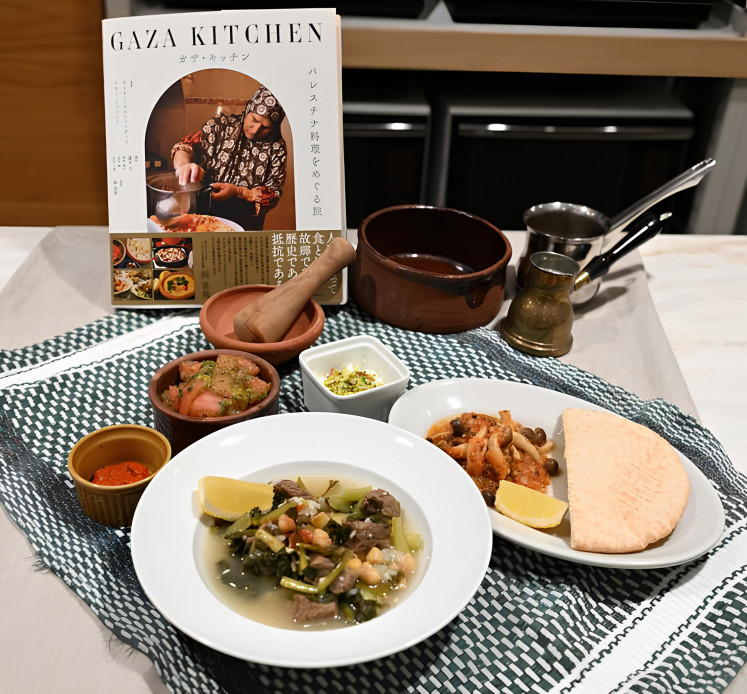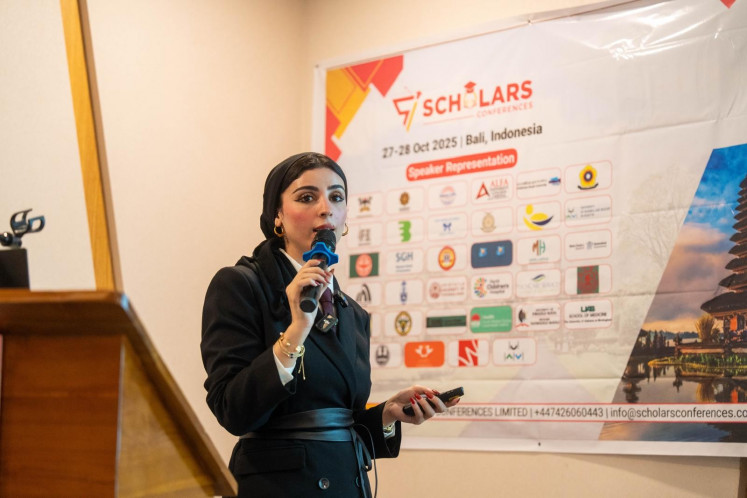Popular Reads
Top Results
Can't find what you're looking for?
View all search resultsPopular Reads
Top Results
Can't find what you're looking for?
View all search results5 perfect traditional snacks for a get-together
Here are five traditional Indonesian cakes that would be ideal for an afternoon snack with family and friends, which you can find in Jakarta and beyond.
Change text size
Gift Premium Articles
to Anyone
O
ftentimes the afternoon is the ideal time to gather with friends, relatives or family while sipping a cup of warm tea. Of course, it wouldn’t be right if there weren’t a gaggle of snacks available at arm’s length to accompany your knees-up. They don’t have to fill you up to the brim, but just enough to serve as a stopgap before dinnertime.
Here are five traditional Indonesian cakes that would be ideal for such an occasion that you can find in Jakarta and beyond.
Kue pancong
We might recognize the name kue pancong (rice flour and coconut milk cake), but in some areas outside of Jakarta, it is known under a different moniker. In parts of Java, it is called gandos, while the people of Surabaya have named it rangin. The Sundanese christened it bandros, those from Bojonegoro gave it the name tratak jaran, while the Balinese call it daluman. Regardless of its denomination, its ingredients remain the same: rice flour, coconut milk, and a pinch of salt. It is usually sprinkled with a bit of sugar on top to give it a hint of sweetness. A delicious and flavorful snack.
Kue rangi
This traditional Betawi cake is still quite easy to come across even now. Kue rangi (sago flour and shredded coconut cake) is made from sago flour mixed with shredded coconut and served with a splash of palm sugar sauce. Cuts of fruits are usually added into the latter, including jackfruit, pineapple, and durian, among others. Flavorful and aromatic, its shape resembles a kue pancong although smaller in size. The dough that makes up kue rangi does not have a long-life span so it has to be baked as soon as possible.
(Read also: Fall in love with these traditional snacks)
Kue ape
Kue ape (thin wheat flour batter pancake) sellers tend to set up shop in front of primary schools due to it being a favorite of children because of its sweet taste. Most kue ape are green in color, although there are also those who sell white-colored ones. Its edges are crispy and crusty, while its center is soft and tender. Some sellers also add chocolate sprinkles to its core to up the ante.
Kue leker
While the French have their crepe, Indonesia has a similar sweet treat in the form of leker (stuffed crepe). Semicircle in shape and crusty in texture, it is generally filled with a spatter of sweetened condensed chocolate milk or grated cheese. Its name was derived from the Dutch word “lekker”, which roughly means “delicious”. In Surabaya, a leker is served by placing sliced bananas in the middle of the cake before it is folded and lifted from the cooking pan—hence why it is called kue pisang Surabaya (Surabaya banana cake).
Kue cubit
A tiny cake that has become quite sought-after of late, this small cake used to be yellow-brown in color with chocolate sprinkles on top. Nowadays, though, we have a truckload of variants with different flavors, including red velvet, green tea, cappuccino, chocolate, taro, and many more. Besides hawkers, a number of cafes have started incorporating it into their menu and serving it with fresh milk. Some people prefer it to be half-cooked with a firm underside and a soft surface. (kes)
Explore more Indonesian cuisines here.











